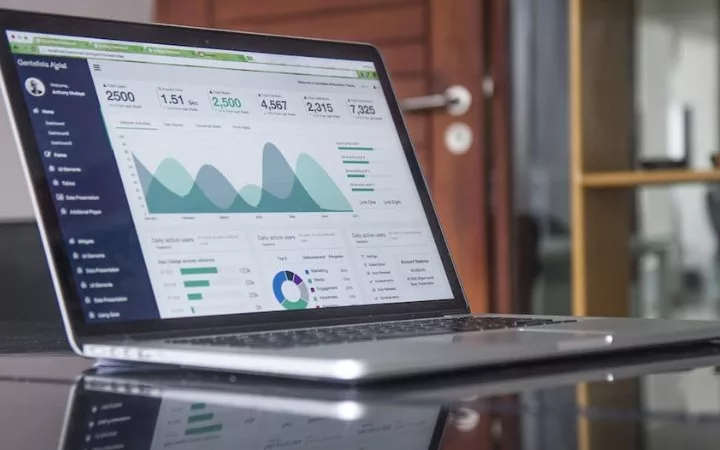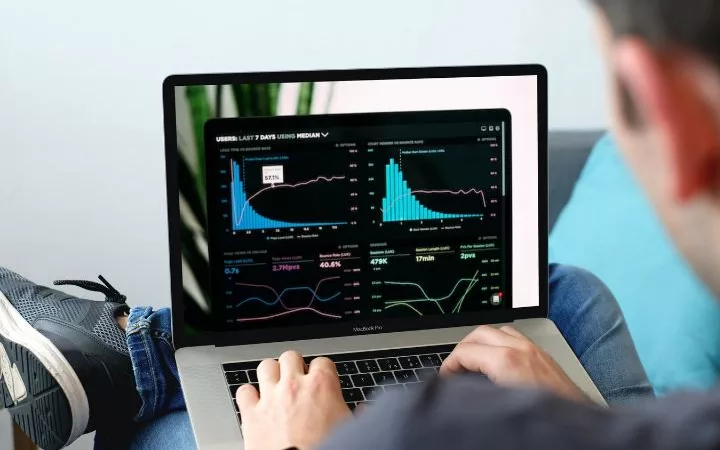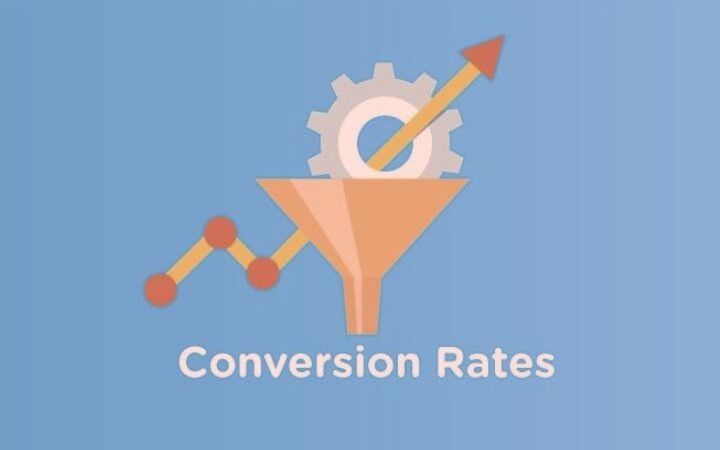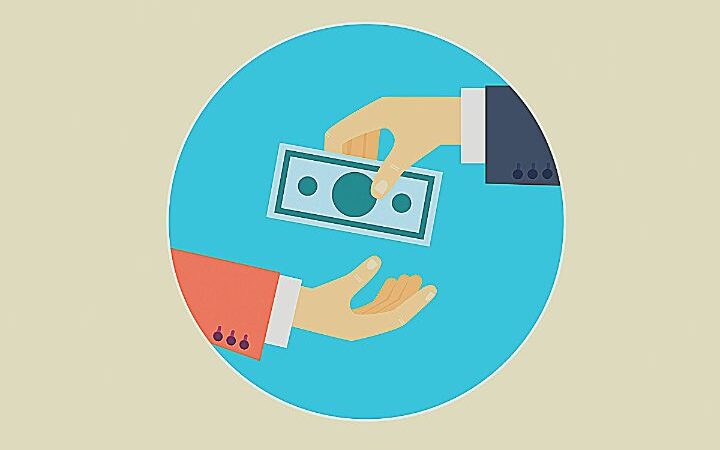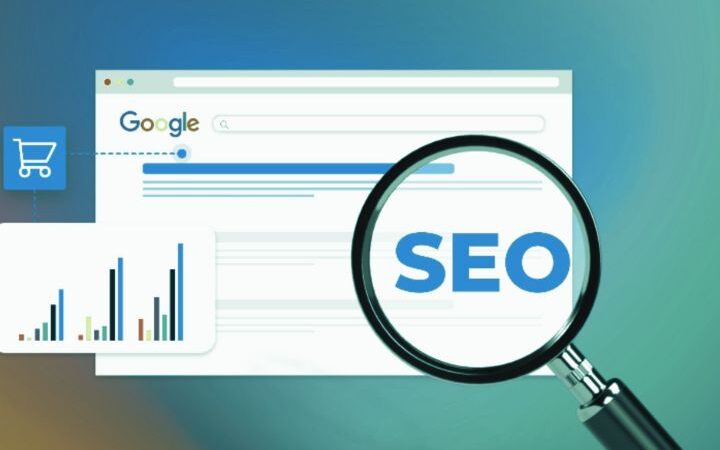Aggregator : The Theory Behind The Most Successful Business Models Of The Digital Era
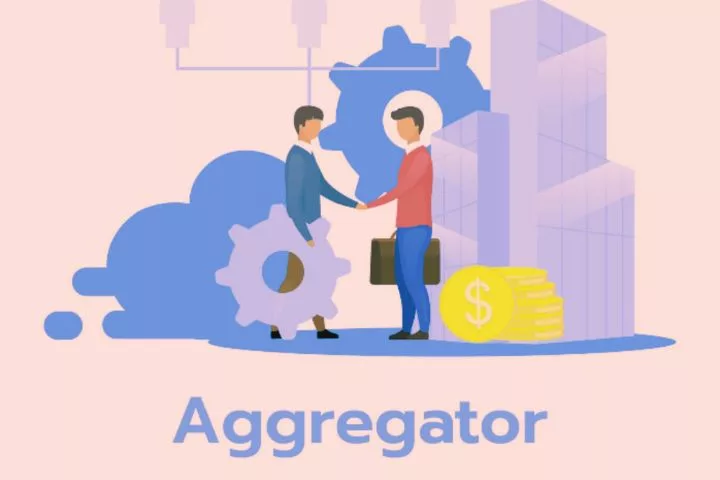
The Internet has fundamentally changed many value chains. Exponential growth and massive scaling have created some tech giants that are now also dominating the stock markets: Amazon, Google, Uber, Airbnb, Spotify, and Netflix are examples of aggregators.
There are different “frameworks” – put, models – that have been created to understand better how the economy has changed and why these companies have become so successful.
The well-known tech analyst Ben Thompson coined the “aggregation theory.” I want to show you what’s behind this framework and how it helps you better understand business models and value creation.
The theory names three economic assumptions that have fundamentally changed due to the Internet. It’s closely related to the concept I showed you in one of the most important charts for shareholders.
- Transaction costs = 0. Processing payments and purchases are virtually free.
- Distribution cost = 0. A large amount of content is available for everyone.
- Marginal cost = 0. Exponential scalability.
The time before the Internet
The biggest problem in the pre-internet era was distribution, i.e., the distribution of content and products. Whoever wrote an article had to buy a printer, print the article, and somehow get it to readers. Also, as a rule, there were only a limited number of newspapers in each region.
There are typically three types of companies in any value chain: (1) suppliers/producers, (2) distributors, and (3) consumers/buyers.
As a rule, companies have concentrated on owning the areas (1) and (2), i.e., production and distribution, and, for example, delivering newspapers in a standardized way to thousands and millions of consumers. Individualization for each reader would have been far too expensive.
A publishing house prints many authors’ writes, bundles the articles, prints them and distributes them with delivery vans.
The time with the Internet
Now comes the Internet. Before, everyone read the same newspaper as their neighbor. Now, the neighbor can read something completely different – from a different place, a different language, or a different topic.
The product has been customized. This is only possible because sending a text over the Internet is trivial: the marginal costs are virtually zero.
Previously, companies owned production and distribution and shipped standardized products. The distribution was the bottleneck.
Thanks to the Internet, distribution is no longer a bottleneck. The new “problem” is different: Consumers still only have 24 hours a day. So which media are they giving their increasingly scarce attention to?
The aggregation theory answer – you can guess it: the aggregators.
What is an aggregator? Three criteria
Ben Thompson lists three criteria that characterize aggregators.
- Direct customer relationship
Users interact directly with the aggregator. You visit it directly via the website or app. The aggregator has direct access to the customer.
- Zero marginal cost for new users
By definition, aggregators must unite many users, millions or even billions. To do that, the cost of adding a new user must be zero. A newspaper that has to be printed does not fulfill this, but a platform like Facebook does.
- Demand-driven multi-sided networks with decreasing acquisition costs
Wow, what a beast of words. But don’t worry, it sounds more complicated than it is. What’s in here?
“Demand-driven” – users go directly to the aggregator, e.g., the Google search engine, when they have questions.
“multi-sided network” – There are interactions between two or more parties, e.g., website operators and readers, where Google is the aggregator.
“decreasing cost of acquisition” – more users and more supply makes the aggregator more valuable to both parties (more on that in a moment), making it easier – and cheaper – for the aggregator to acquire new providers and users.
So, in summary, an aggregator has:
- A direct relationship with the customer.
- No cost in additional users.
- Unites multiple parties with decreasing acquisition costs.
Examples of aggregators in practice
Let’s use a few examples to illustrate the concepts shown in practice.
Example 1: Newspapers vs. Google & Facebook
Before: Newspapers create content, bundle it and add advertising to it. They try to reach as many customers as possible and then send the newspaper to their customers.
Today: Google makes it possible to access an unprecedented amount of content individually (no longer bundled) quickly and free of charge with just one search.
Google is the aggregator, advertises and monetizes the content more successfully than the creators themselves. Facebook does a similar thing: Facebook bundles countless content and shows it to users based on demographic data and user behavior.
Example 2: Vinyl & CDs vs. iTunes & Spotify
Before: Anyone who wanted to listen to music bought individual records and CDs and had, for example, 15 songs on a data carrier.
Today: Through iTunes & Spotify, listeners can access individual songs without buying the whole album. You can even access almost the entire music world.
Apple & Spotify are the aggregators here and monetize access to the songs, e.g., through individual transactions (iTunes) or monthly subscriptions (Apple Music & Spotify).
Example 3: Hotels vs. Airbnb
Before: Hotel rooms are booked via catalogs or by telephone. Reviews or a complete overview do not exist.
Today: Airbnb allows booking down to the individual bed, room, or apartment and bundles many offers on a single platform.
Airbnb is the aggregator, monetizing through a percentage of the room rates. The costs hardly increase when more rooms are booked or offered.
Example 4: Taxi company vs. Uber
Before: To get a taxi, you had to know a phone number or wave conspicuously enough at the side of the road.
Today: The taxi is ordered via smartphone. You can access many drivers in each location, including ratings and price transparency.
Uber is the aggregator that bundles and brings together drivers and passengers on the platform and monetizes them via a percentage fee. The costs when the number of transactions or drivers doubles hardly increase.
More examples of aggregators
- Lieferando (TakeAway) & Delivery Hero in the field of food delivery services
- Flixbus for long-distance bus trips (without owning buses yourself)
- Netflix for movie and series content
- eBay & Amazon as marketplaces in e-commerce (bringing together retailers and buyers)
Important driver: network effects
A key ingredient that makes aggregators so successful is network effects. Put:
The more users (demand) there are, the more attractive the platform is for providers (supply). The more providers there are, the more attractive the platform is for users.
Example: The more content Google bundles, the more valuable the search engine is for users. The more users use Google as a search engine, and the more content is created and optimized for Google.
Another example: the more delivery services there are on Lieferando, the more valuable the platform is for users. The more users there are on the platform, the more delivery services want to offer on Lieferando.
The same applies to the other aggregators like Uber, Netflix, and Airbnb.
A positive cycle is created. This leads to further growth and makes platforms or aggregators even more valuable with increasing size.
The bigger, the stronger: economies of scale
Network effects are one reason larger aggregators get stronger as they grow. The economies of scale are another reason.
On the one hand, the costs hardly increase as the number of users increases. Whether Netflix or Google serves 100,000 more or fewer users, nothing changes in the cost structure apart from minimal server costs.
On the other hand, the largest aggregators can outperform their competition: When Netflix buys content as the most prominent streaming provider, it can pay more than anyone else because it can make the content accessible to the most significant number of people. The largest aggregator has the lowest cost per user.
The differences within the aggregators
The aggregators have some things in common in their business model but are sometimes active in very different areas. Few companies are “perfect” aggregators, according to the theory.
Here Ben Thompson differentiates between subcategories – the higher the level, the better the business models are in the aggregator logic:
Stage 1: Offer Acquisition Cost
Netflix has direct customer contact, virtually zero marginal costs with new users, built-in network effects, and economies of scale.
But: The acquisition costs are in the offer. Netflix has to buy (or now produce itself) rights to films and series to be able to offer them.
Things are a bit different with Spotify: Since Spotify always has to pay a particular share to the record companies and musicians for music, the marginal costs are not zero, but the fixed costs are significantly lower than with Netflix.
The problem for Spotify: The music market is dominated by just three major music labels. An aggregator works best in markets where supply is fragmented into many smaller providers.
Stage 2: Offer transaction costs
This type of aggregator does not have to buy its offer, as is the case with Netflix, for example, but has low costs for a new offer.
Uber and Airbnb fall into this group. Uber, for example, has to check the new drivers. Airbnb needs to review new hosts and apartments. The offer is therefore not available completely free of charge.
This is primarily the case with offers requiring a certain level of security – other people’s cars and apartments are just such cases.
Level 3: Zero listing costs
Aggregators who get new offers without additional costs are better. This includes social networks such as Twitter and Snapchat (monetization through advertisements) or app stores (monetization through transaction fees). In this stage, users and the offer can grow indefinitely.
The Super Aggregators
These aggregators have not only perfectly scalable supply and demand but also perfectly scalable advertising revenues. Facebook and Google are prime examples here.
The advertisers on these platforms can book and control their advertising themselves. The platforms can scale both supply and demand and sales enormously.
Other networks such as Twitter and Snapchat are still in the early stages and are more dependent on actively selling their advertising solutions.
Conclusion: The five most essential insights
Finally, what should you take away from the Aggregation Theory?
- Aggregators have enormously powerful business models made only possible by the Internet.
- Before the Internet, the biggest problem was distribution, i.e., reaching consumers individually. The Internet solves this problem. For many companies, the biggest challenge is customer access, as platforms – “aggregators” – own it in many areas.
- Direct customer access, low marginal costs, and network effects are enormously valuable today.
- Aggregators also differ from other aggregators, primarily in their cost structure and their scalability. So there are different “perfect” aggregators.
- As more prominent aggregators become more vigorous, there are often “winner takes it all” effects where the winner becomes hugely profitable, valuable, and difficult to target. A moat is created.

